"Living Art Museum"
Sitting in a small house, sipping tea, village elder Bh'riu Po in Lang commune (Tay Giang district, Quang Nam) said that the Co Tu's communal house is like a "living art museum", a place to preserve sacred spiritual values, a place to entrust faith in gods and ancestors. On each wall or horizontal and vertical bar inside and outside the communal house, the Co Tu people recreate the community life through elaborately carved statues and paintings. The image of a snake lies in the middle of the communal house.
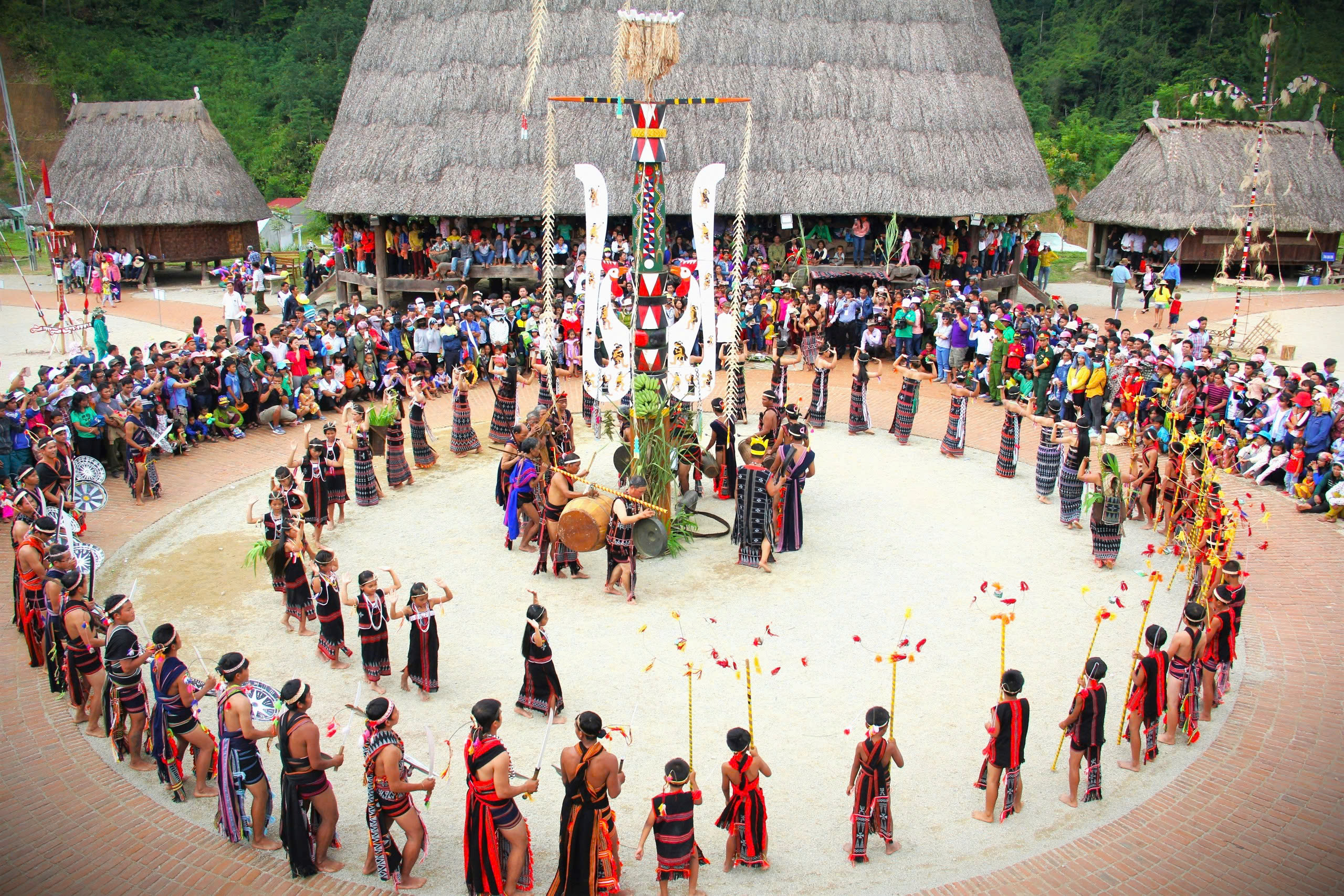
The festival of the Co Tu people is held in front of the village's communal house.
For a long time, old man Bh'riu Po has been known as a master of wood carving. The works he created are very sophisticated. Most of the communal houses in Tay Giang district have his image and ideas. In 2007, artisan Bh'riu Po participated in a sculpture creation camp in Buon Don district (Dak Lak), creating two unique statues: "snake god" and "village elder". These two works were then kept and displayed at Buon Don Sculpture Garden along with sculptures by famous artisans in the Central Highlands.
Elder Bh'riu Po said that according to the theory, the snake god (bhi'dua) is responsible for guarding the jar of the water god. Therefore, the snake god only lives in swamps, ponds, lakes, rivers and streams... In the village, if anyone has bad thoughts, words or deeds, they will be punished by the snake god if they pass through areas with water. "The Co Tu people believe very much in the manifestation of the snake god. In the Co Tu people's mind, the snake has the meaning of warning and educating people living in the village and community to live in harmony, think clearly, not speak nonsense, not do bad things, evil things to have a better life. In addition, the snake also represents gentleness and hospitality in the Co Tu people's culture", said elder Po.
According to elder Po, on the Co Tu mirror, the image of the snake, although not commonly appearing, occupies a rather important position in the community's beliefs. Therefore, the carving and placement of the snake image on the mirror is also carefully considered and has the consent of the village elders. The Co Tu often carve two types of snakes (python and banded krait). The snake image is shaped in many different shapes, but mainly in a moving posture. The snake image is often carved into horizontal and vertical planks in the front of the mirror house like a relief, showing absolute respect.
A MANIFESTATION OF WORSHIP
To decorate the gươl, the Co Tu artisans have created diverse and vivid statues and paintings on wood. In the Truong Son mountain range, the gươl house is the first structure that the Co Tu people choose to build when they establish a village, with the joint efforts of the village community. All Co Tu villages, rich or poor, have gươl. Gươl is not only a house with unique architecture, but also a special cultural product, a place to express the quintessence of sculpture, painting and indigenous knowledge.
Village elder Alang Be, in BhLo Ben village (Song Kon commune, Dong Giang district, Quang Nam), recalls that in the past, the more wild animal images there were in the traditional mirror space, the more it proved that the village was very rich and powerful. Each architectural image, each mascot when placed in the mirror had a common meaning, reflecting the spiritual story of the whole community.
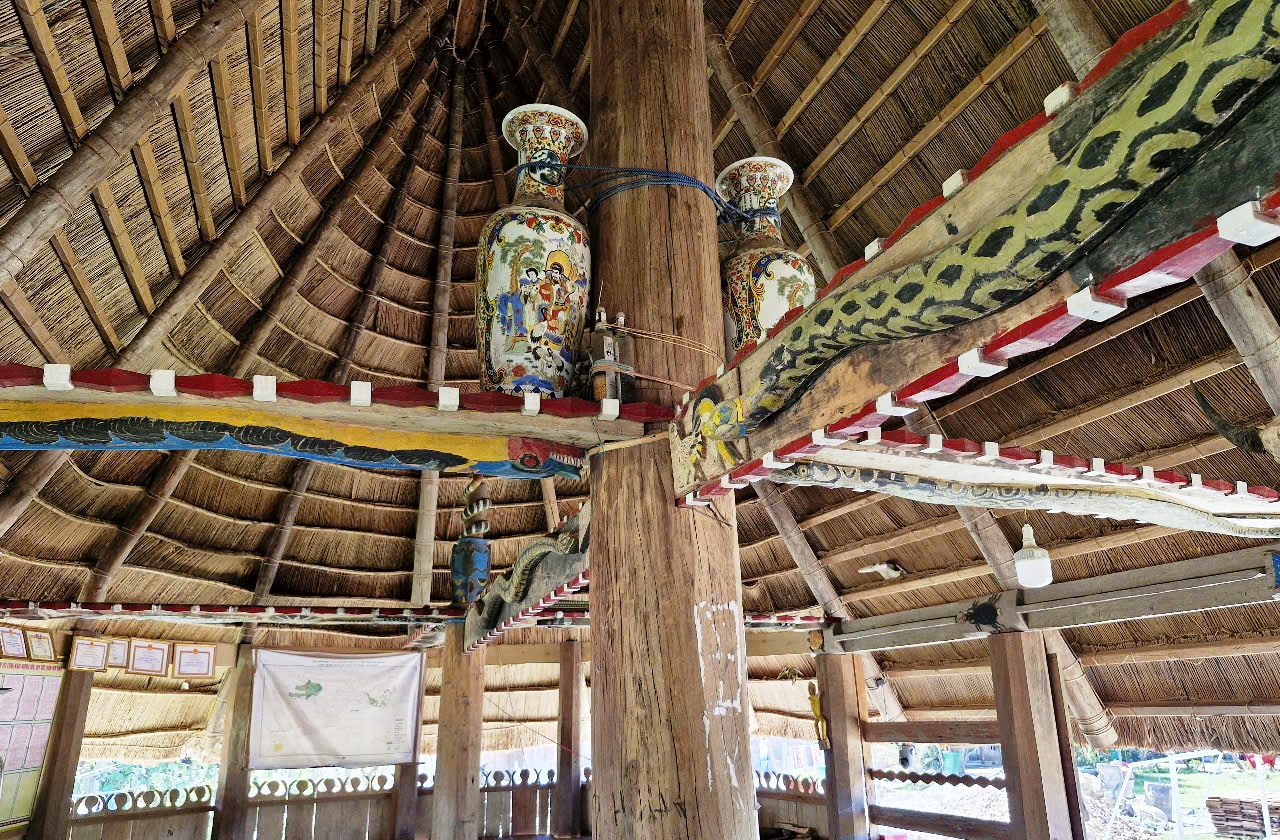
The snake statues lie solemnly in the middle of the mirror.
For example, the image of the tiger represents strength, resilience, and indomitability in life; the earth phoenix (tring bird) has a powerful beauty, representing a free and easy life; the buffalo implies diligence, hard work, and not being lazy... These are wild animals with mighty strength, representing authority in the natural world. "The image of the snake carved on the mirror represents worship, creating a unique value for the common work of the Co Tu community. With this image, the Co Tu people pray for luck, both enhancing the value of the mirror architecture and expressing their belief in the gods who govern the land where they established their village," said elder Alang Be.
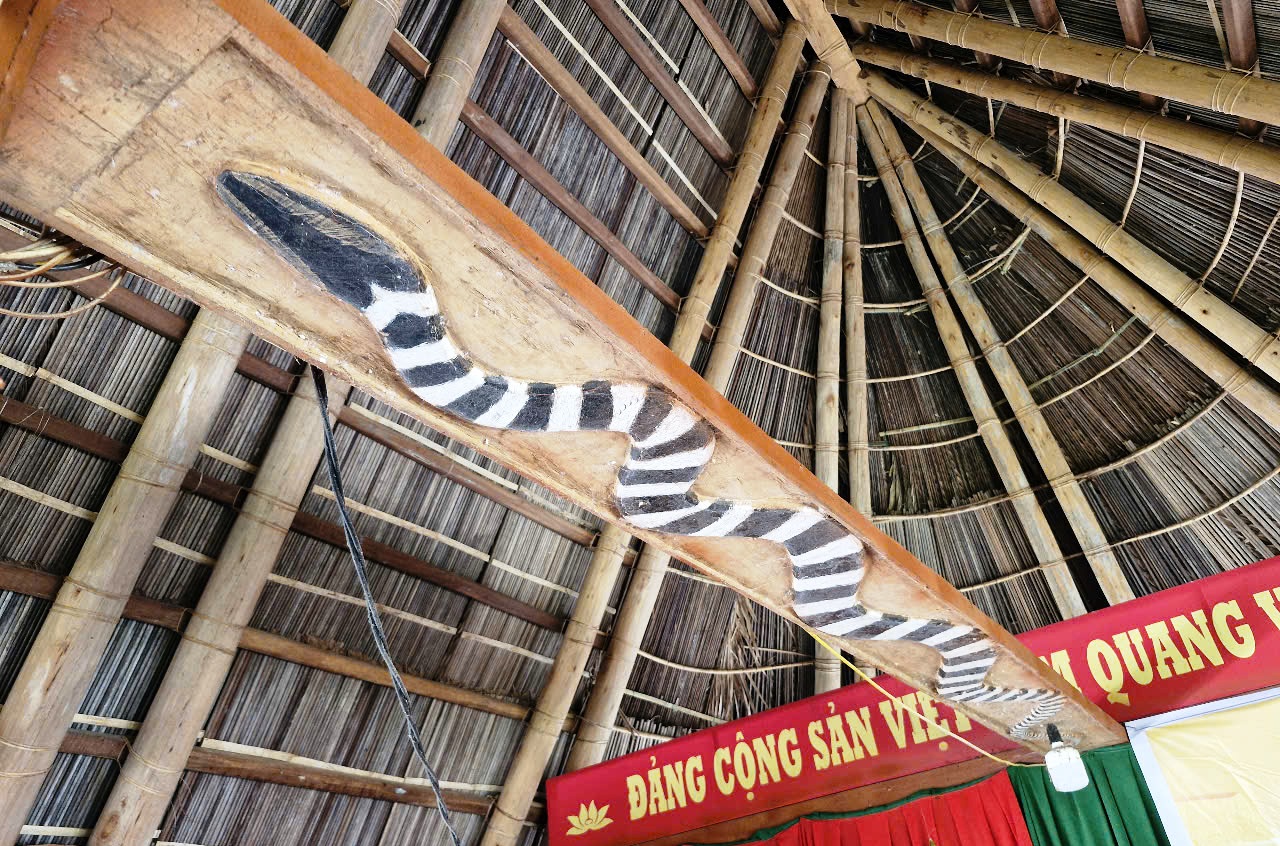
For the Co Tu people in Quang Nam, snakes have the meaning of deterrence, educating the community to live in harmony and think clearly...
Mr. Arat Blui, Vice Chairman of Tay Giang District People's Committee, said that the sculptures on horizontal and vertical bars in the mirror or pole of the Co Tu people all have unique and rich values. With experience, by continuing tradition and the ability to observe reality, Co Tu artisans have created rustic sculptures. From ideas, lines, layouts to colors, all express the philosophy of life and worldview of the Co Tu people. "The image of a snake appearing in some mirror has a very high spiritual meaning with good omens. In the cultural subconscious of the Co Tu people, the snake represents hospitality. Hospitality is a traditional value, expressing the life perspective of the Co Tu people in the Truong Son range", Mr. Arat Blui confided.
The Co Tu people carve images of animals on village mirrors not only for decoration, but also to express the strength of the community. Mr. Arat Blui asserts that each architecture and image has different meanings and values, but they all have in common the art of living and the spirit of community solidarity.
Source: https://thanhnien.vn/hinh-tuong-ran-trong-van-hoa-co-tu-185241231214052753.htm






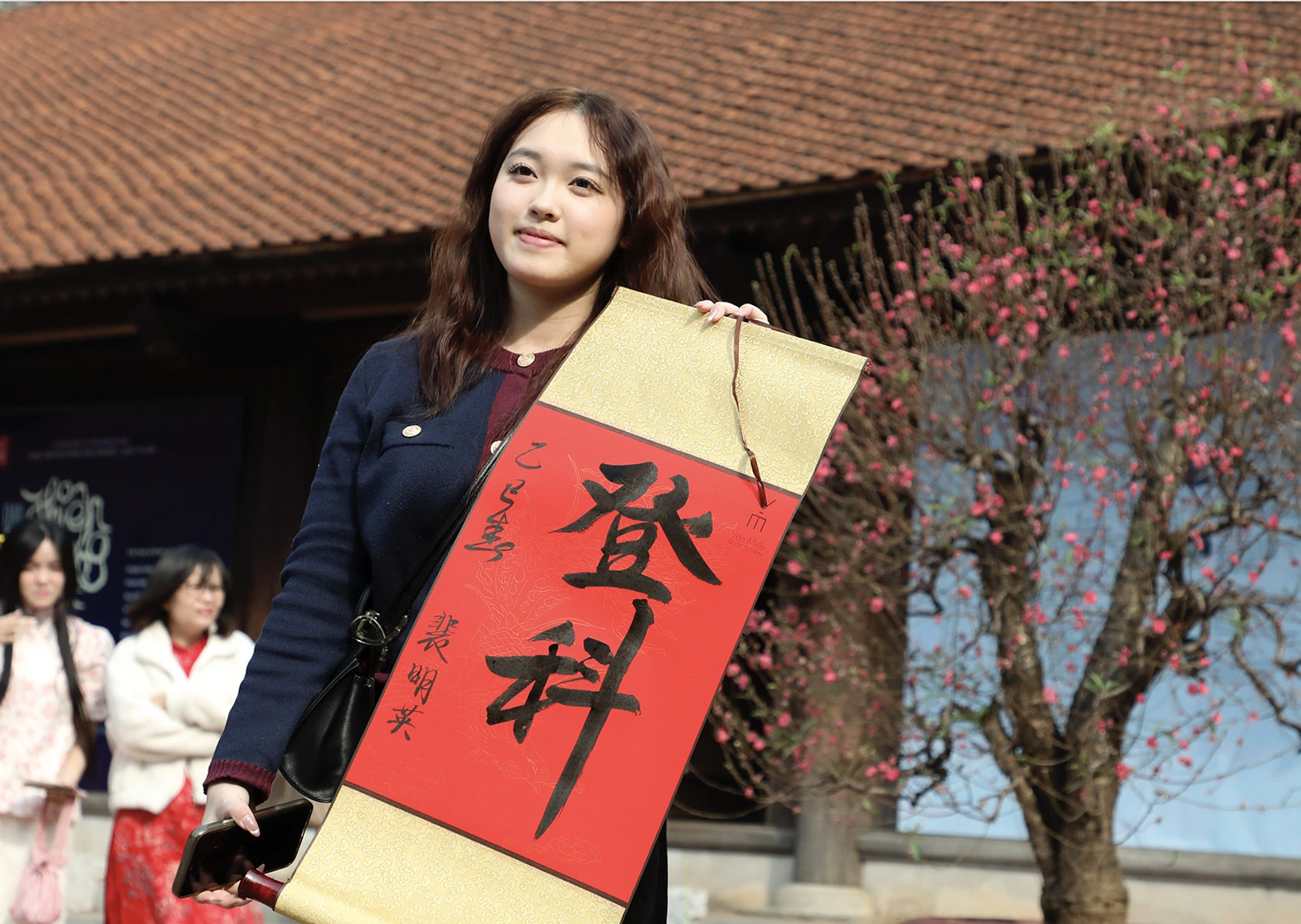
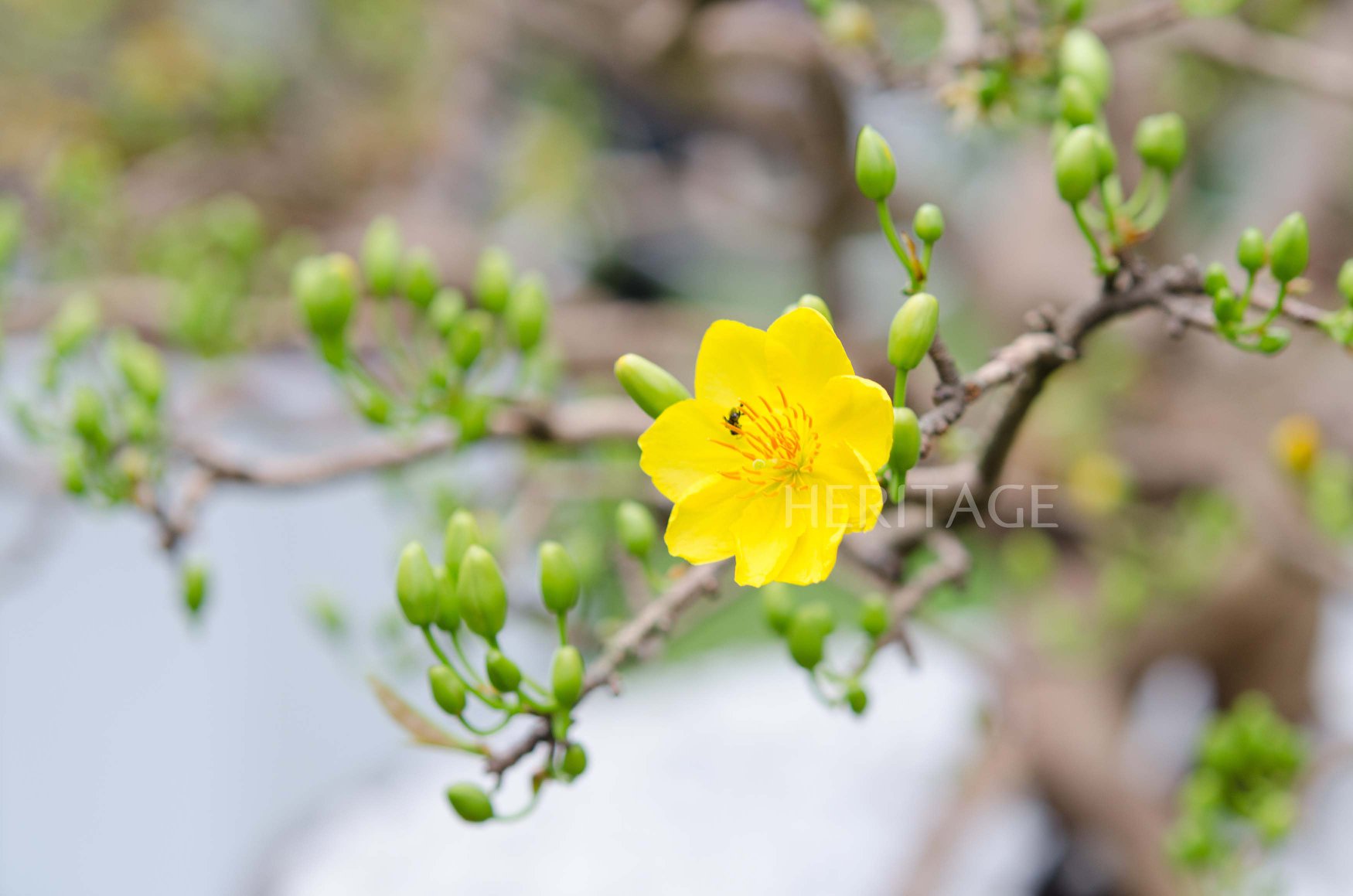














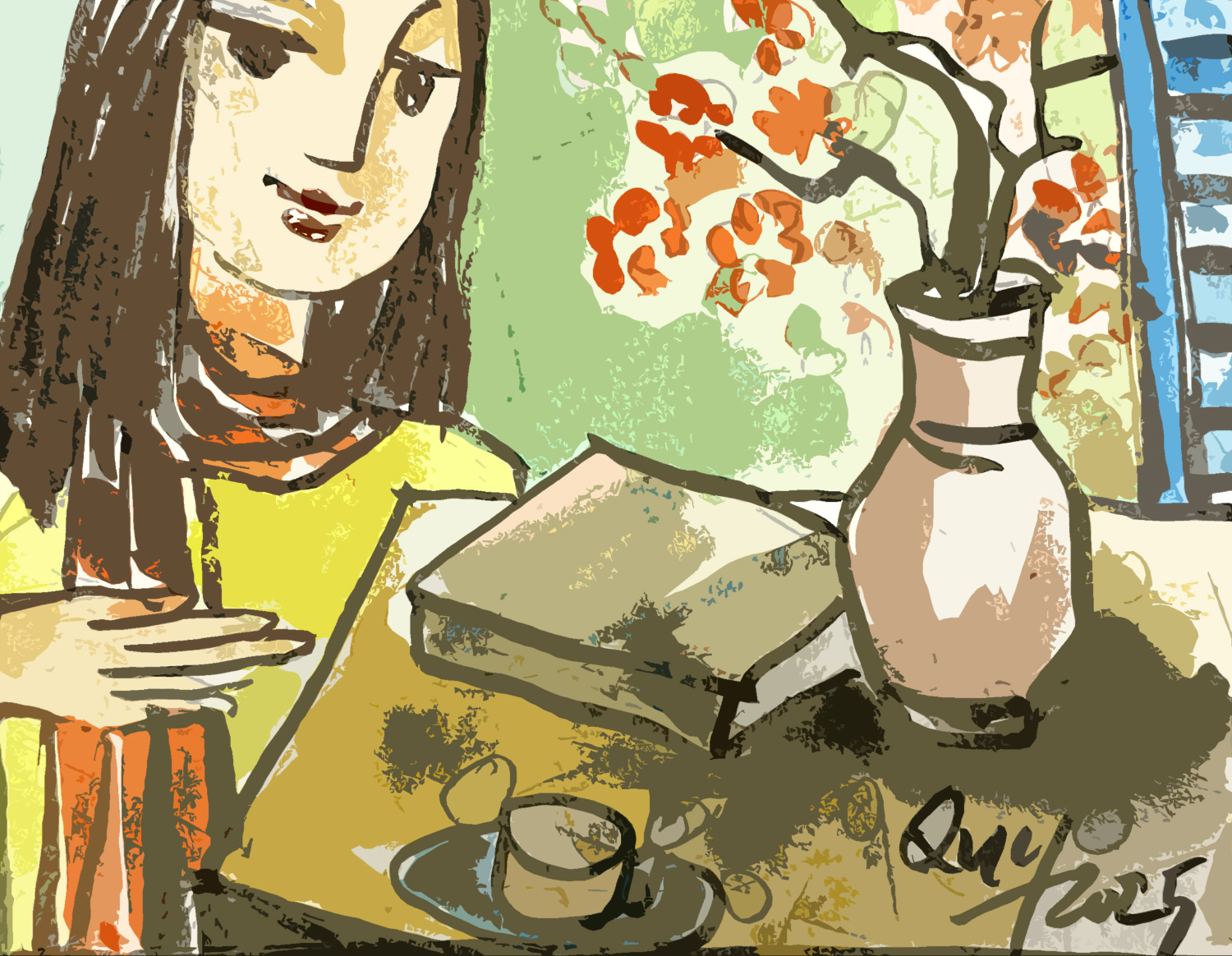
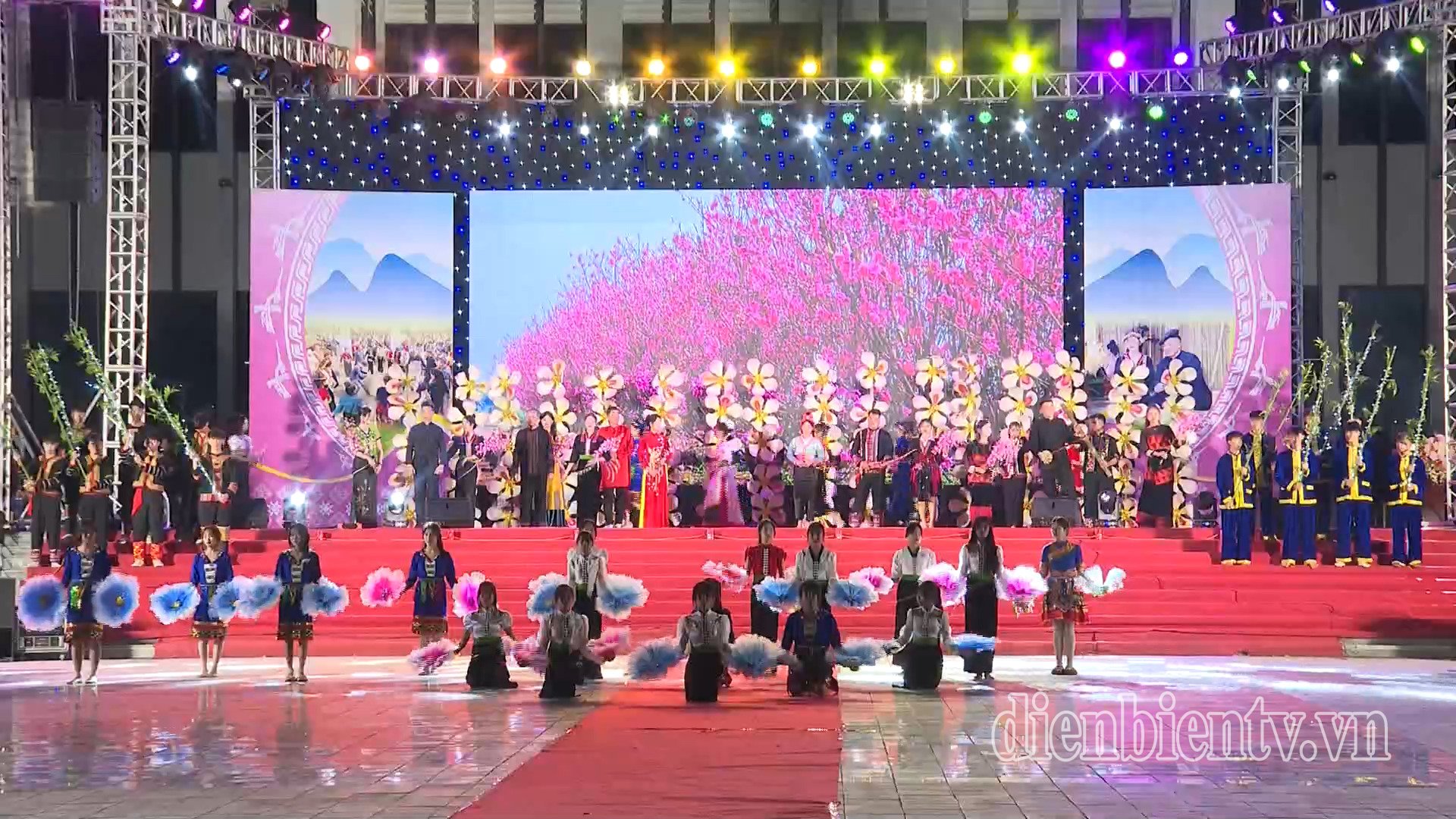
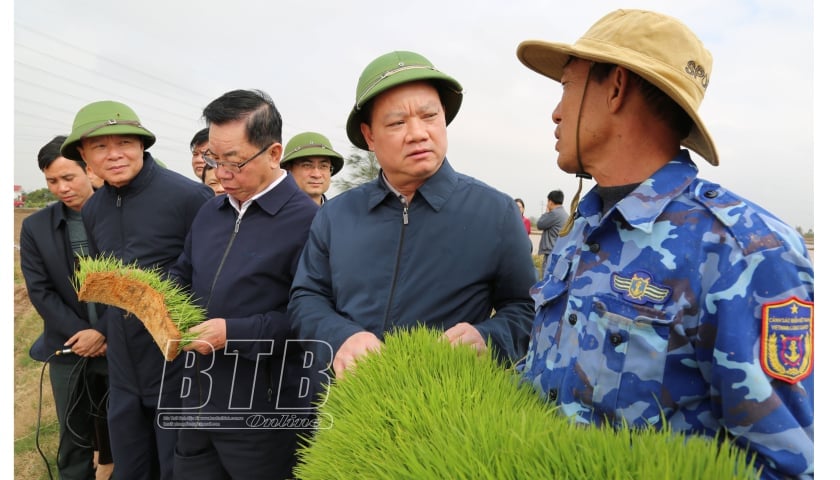
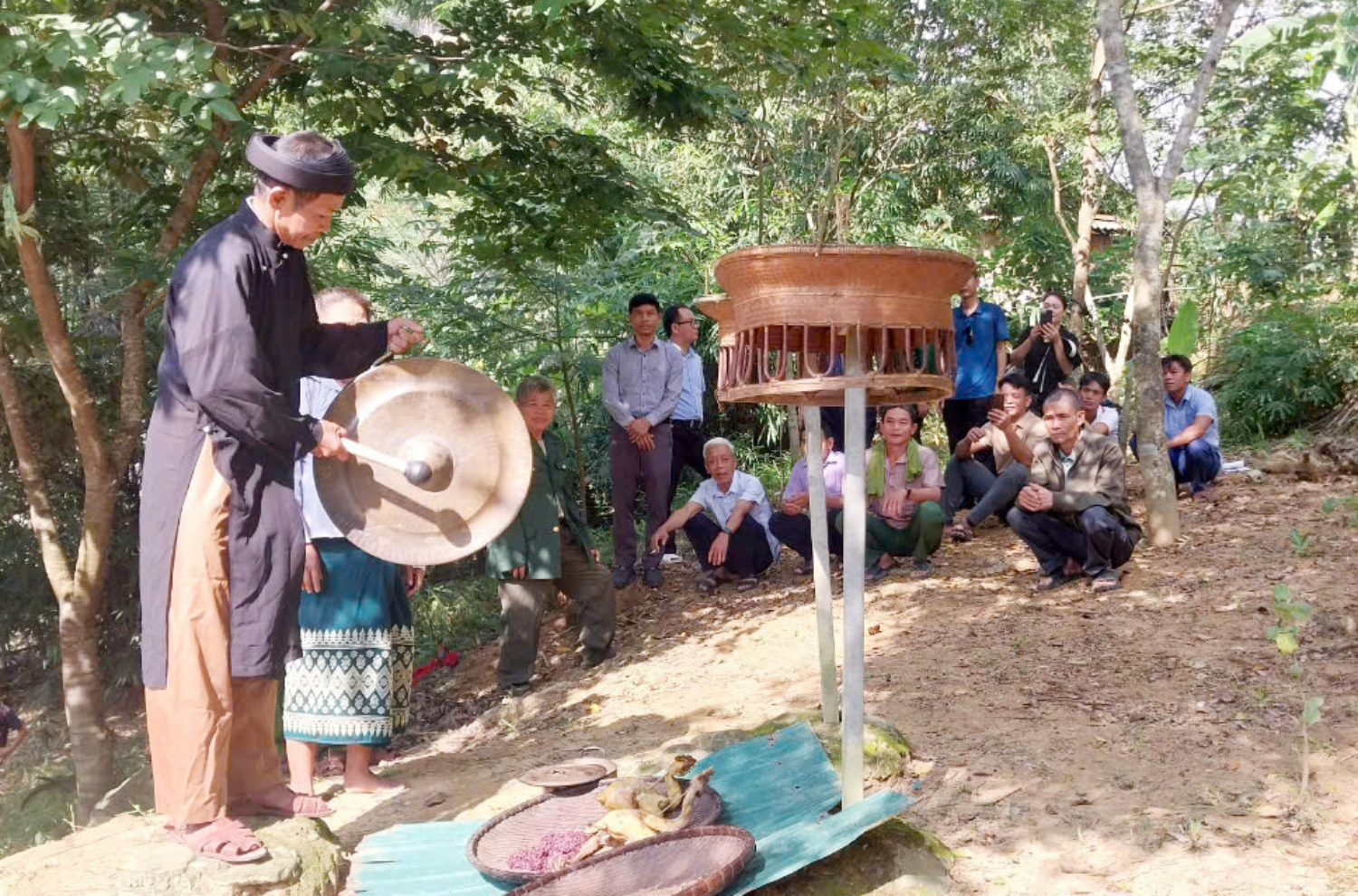
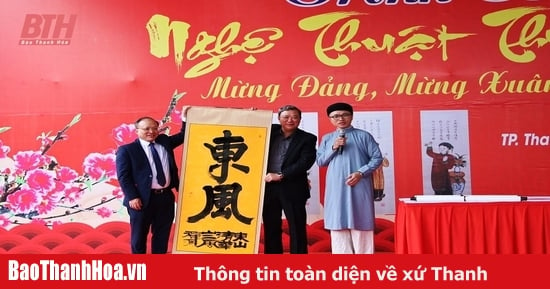
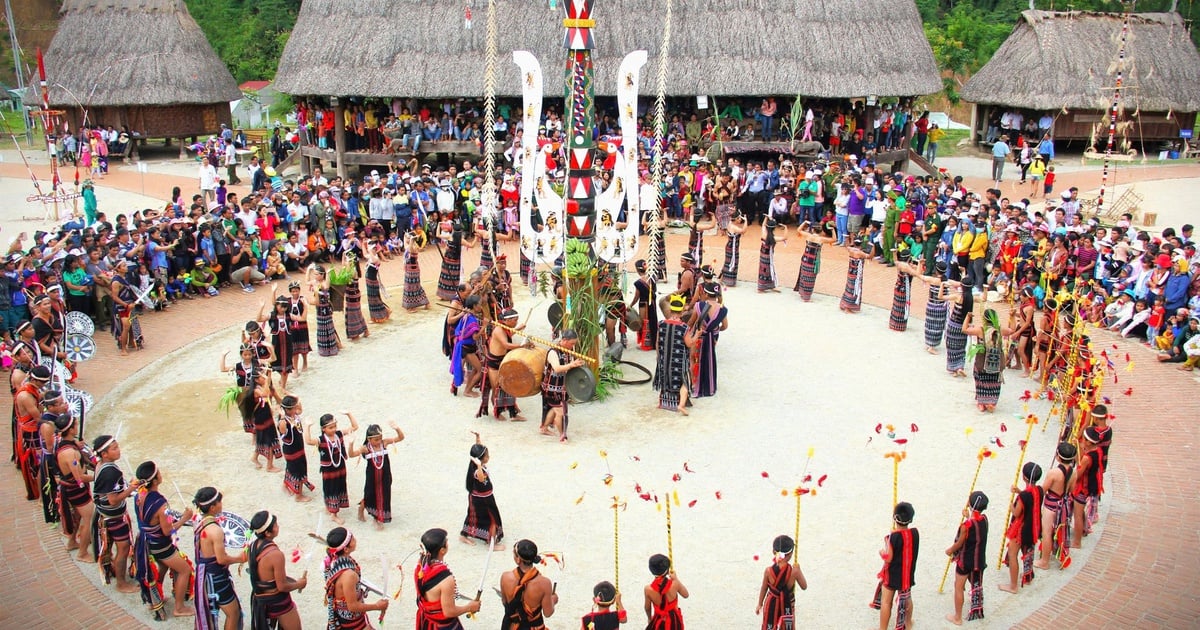
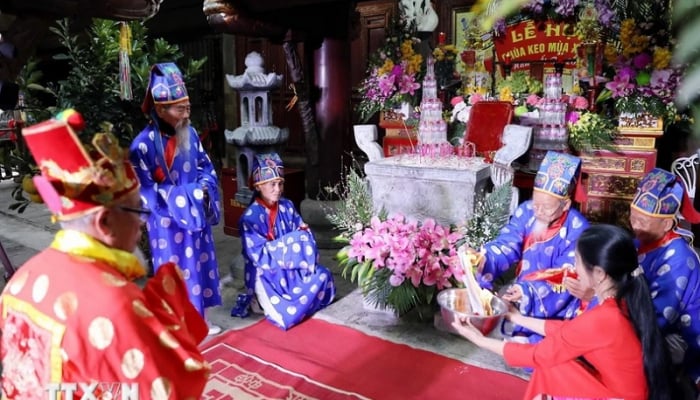

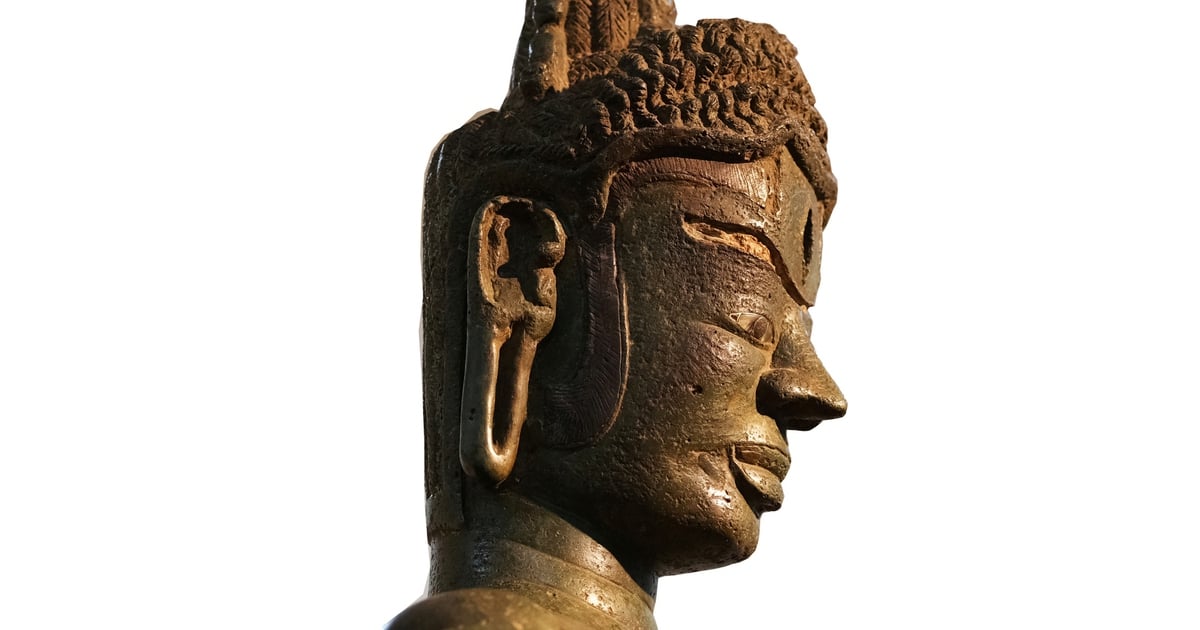













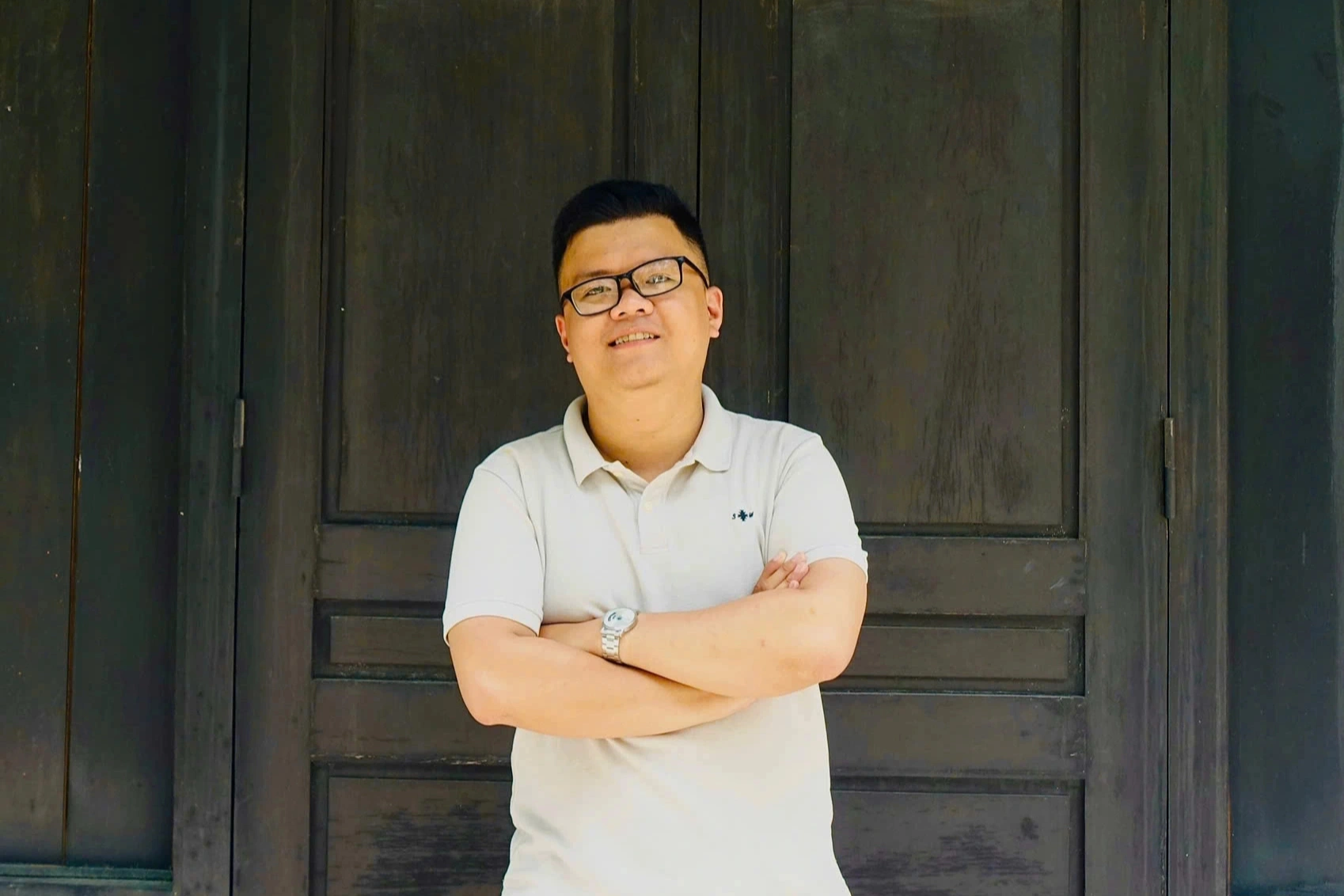
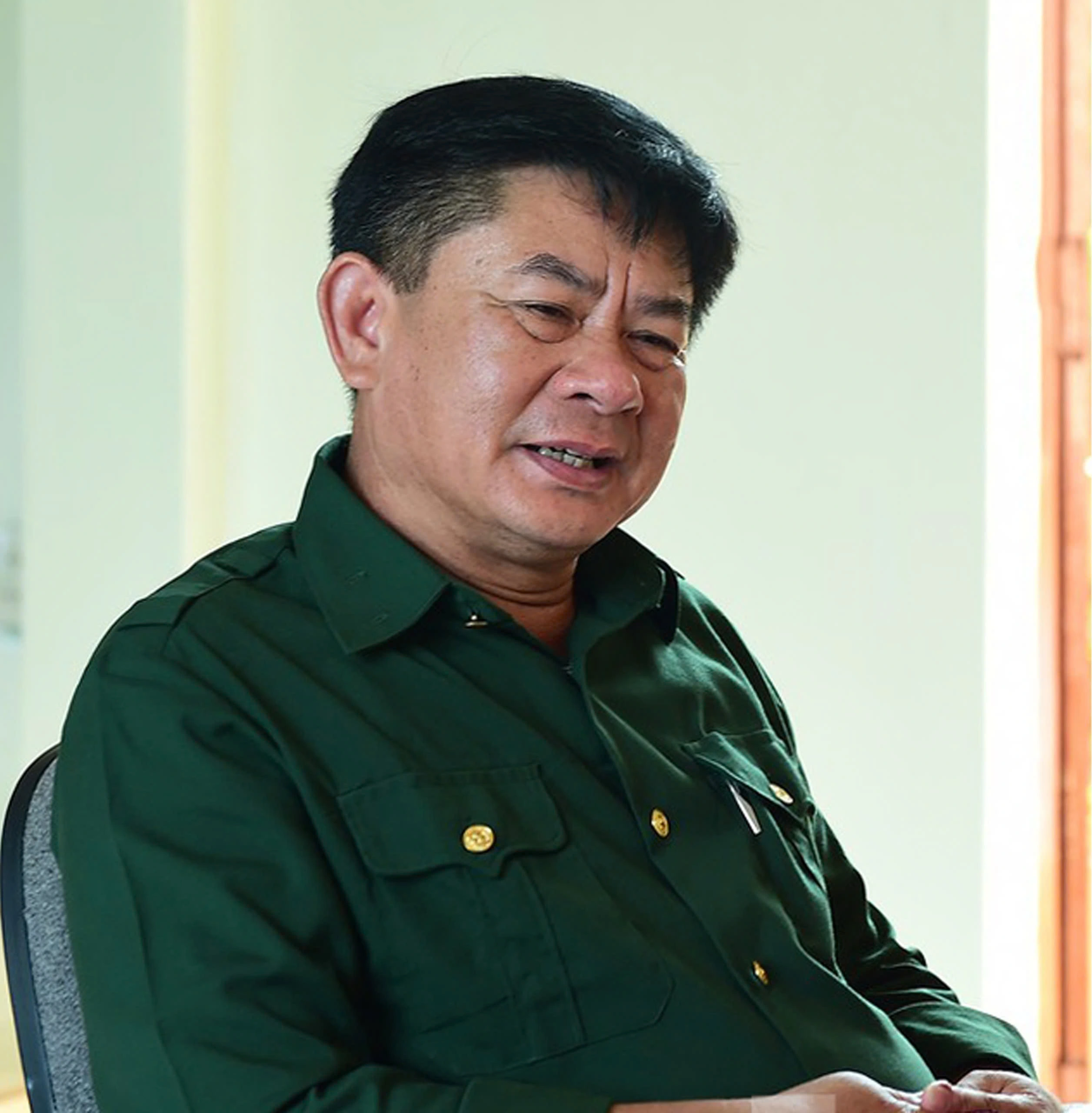
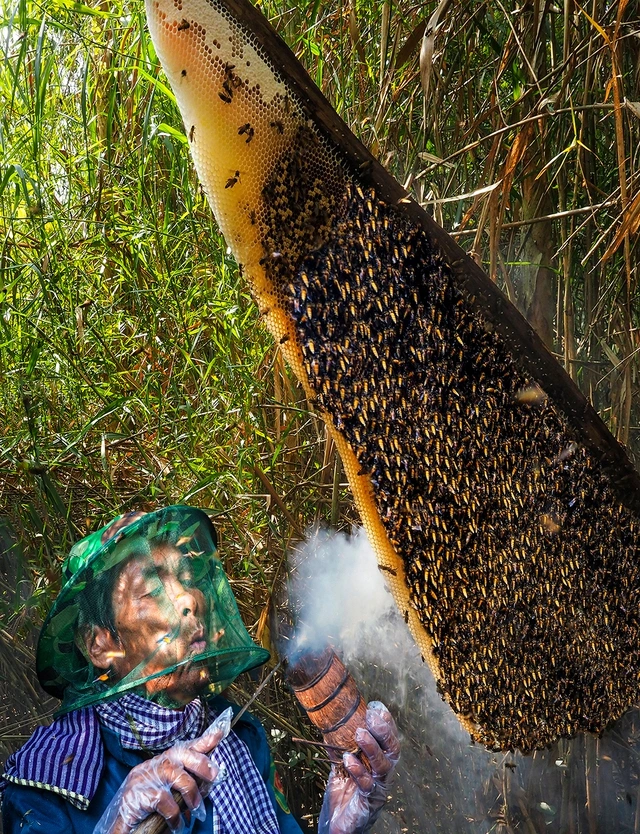
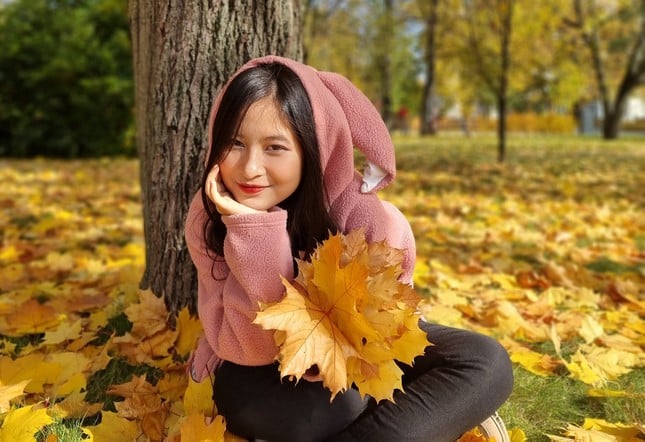

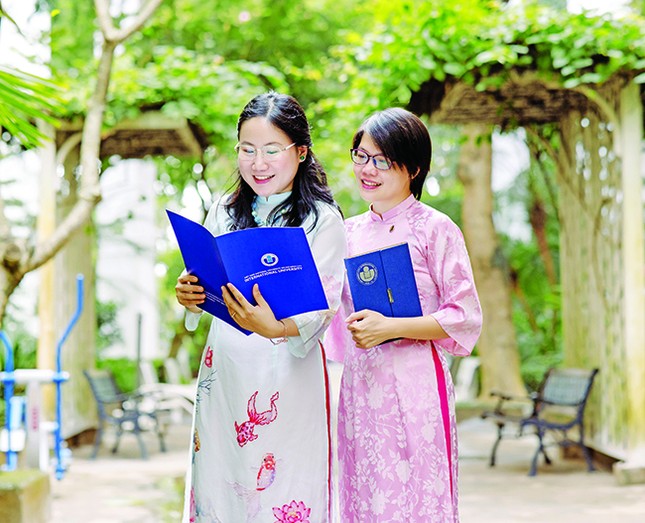




Comment (0)